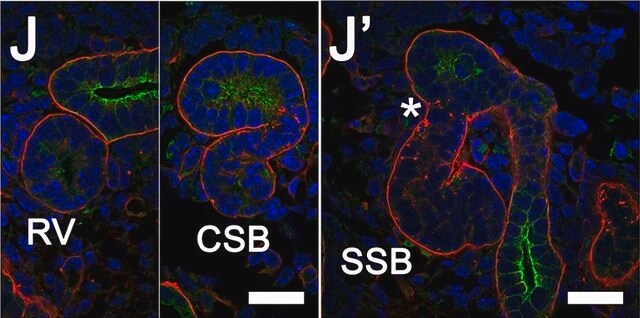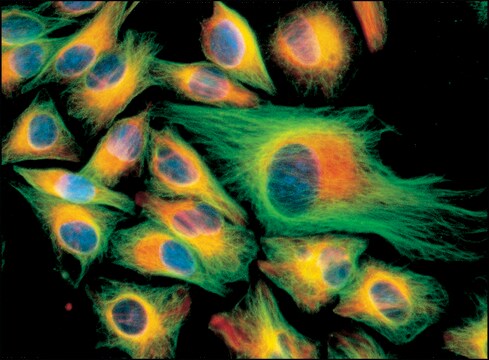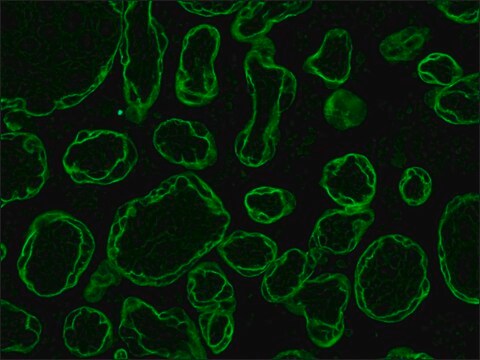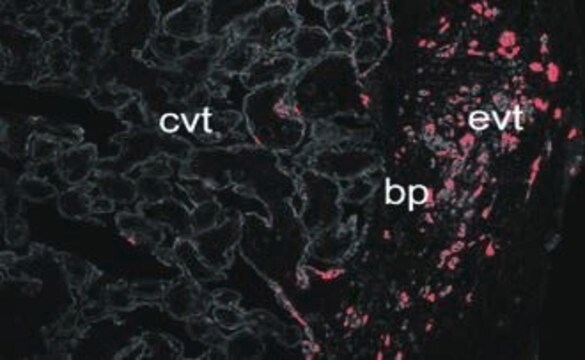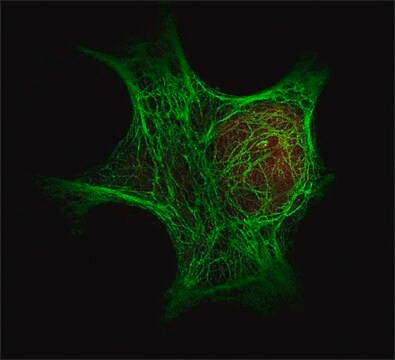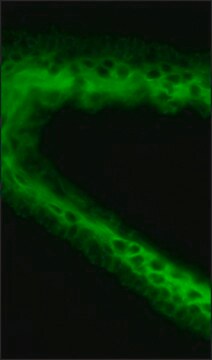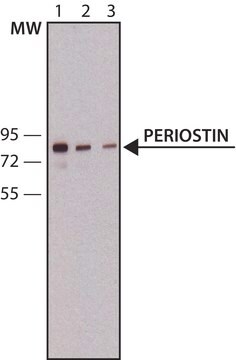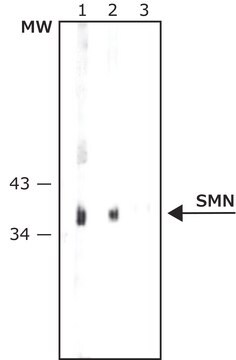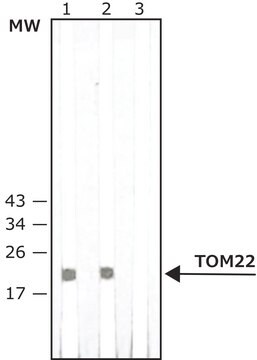F0397
Anti-Cytokeratin pan-FITC antibody, Mouse monoclonal
clone PCK-26, purified from hybridoma cell culture
Synonym(s):
Anti-CK16-Fluorescein isothiocyanate, Anti-FNEPPK, Anti-K16, Anti-K1CP, Anti-KRT16A, Anti-NEPPK, Anti-PC1
About This Item
Recommended Products
biological source
mouse
conjugate
FITC conjugate
antibody form
purified from hybridoma cell culture
antibody product type
primary antibodies
clone
PCK-26, monoclonal
form
buffered aqueous solution
technique(s)
direct immunofluorescence: 1:25 using formalin-fixed, paraffin-embedded sections of human or animal tissues
immunohistochemistry (frozen sections): suitable
shipped in
dry ice
storage temp.
−20°C
target post-translational modification
unmodified
General description
Specificity
Immunogen
Application
- immunohistochemistry
- staining chicken intestinal cells
- immunofluorescence staining
Physical form
Disclaimer
Not finding the right product?
Try our Product Selector Tool.
Storage Class Code
10 - Combustible liquids
WGK
nwg
Flash Point(F)
Not applicable
Flash Point(C)
Not applicable
Personal Protective Equipment
Certificates of Analysis (COA)
Search for Certificates of Analysis (COA) by entering the products Lot/Batch Number. Lot and Batch Numbers can be found on a product’s label following the words ‘Lot’ or ‘Batch’.
Already Own This Product?
Find documentation for the products that you have recently purchased in the Document Library.
Customers Also Viewed
Our team of scientists has experience in all areas of research including Life Science, Material Science, Chemical Synthesis, Chromatography, Analytical and many others.
Contact Technical Service